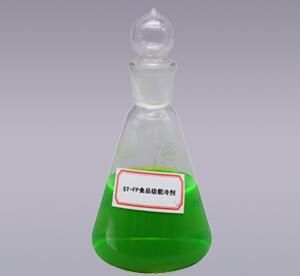Traditional cooling towers are devices that use water as a circulating coolant to absorb heat from the system and discharge it into the atmosphere to reduce water temperature; A type of evaporative heat dissipation device that utilizes the flow of water and air for cold and heat exchange, generating steam, which evaporates and carries away heat, achieving evaporative heat dissipation, convective heat transfer, radiation heat transfer, etc., in order to dissipate waste heat generated in industrial or refrigeration air conditioning, and reduce water temperature. However, the application conditions of cooling towers in cold regions are different, so there are some drawbacks in the issue of who the coolant is. It is necessary to replace water with coolant to achieve heat exchange.
Directly replacing the refrigerant inside the open cooling tower can achieve freezing. The water vapor saturation of the refrigerant is low, and the water evaporation is low. Its heat exchange is mainly achieved through convective heat exchange, which can save water costs. In addition, the refrigerant system is not suitable for scaling and bacterial growth, but there is a certain floating rate in open systems. This is purely because the consumption of refrigerant has a certain impact on the surrounding environment. It is rarely used in practical engineering.
There are many application systems for refrigerant in closed cooling towers, and the refrigerant mainly circulates in pipelines without direct contact with air, avoiding the loss and pollution of refrigerant in the system. In severe cold areas, dry operation is generally adopted in winter, where outdoor low-temperature air exchanges heat with refrigerant without any water loss. In addition, the low-temperature refrigerant after heat exchange can be directly fed into the indoor cooling air conditioning system to achieve energy conservation. With the demand for clean energy heating in the north, air source heat pumps have been widely used. In winter, the cooling tower can be switched to provide heat source for the heat source tower. The heat in the air can be absorbed by the refrigerant and transported to indoor heating through heat pump units. Compared with air-cooled heat pumps, air source heat pumps have higher efficiency and lower operating temperatures. The closed tower refrigerant system can achieve switching between winter and summer operating conditions, making the system more energy-efficient and with lower initial equipment investment, which will be a development trend for civil air conditioning systems.



